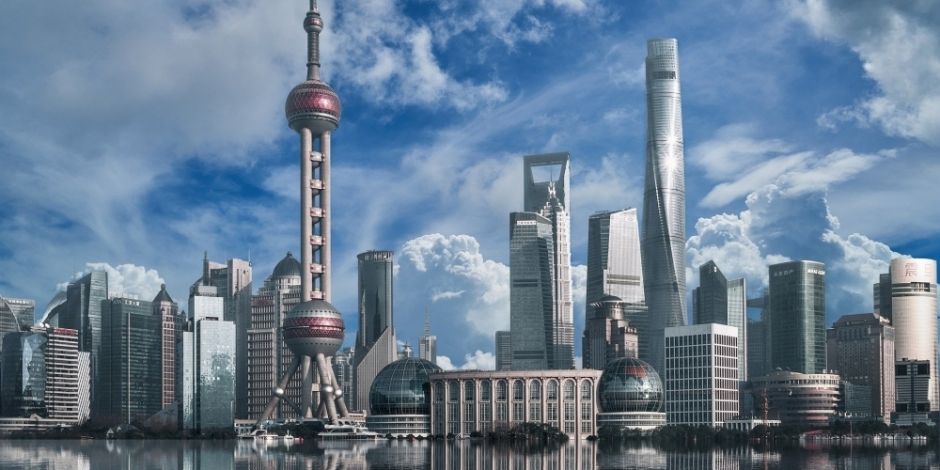
BNP Paribas: Asia's urban infrastructure needs are expected to exceed USD 1 trillion by 2050
In the face of economic, social and climate challenges in Asia, current infrastructure will become ineffective in supporting urban centers. The need for Asian cities to achieve lasting change has never been more urgent.
27.06.2022 | 14:44 Uhr
- Home to more than 4.5 billion people, Asia is the world’s fastest growing economic region and its urban centres are some of the world’s densest. By2050, around 1.2 billion more people will live in Asian cities, and the region will account for more than half of the world’s urban population.[1]
- Significant investment is needed to drive the transition of Asian cities to become more environmentally friendly. Asia's urban infrastructure needs are expected to exceed USD 1 trillion by 2050, an increase of 7% per year from 2017.[2]
- 'Green
finance' has grown in Asia over the past five years, particularly
through labelled bonds (green, social and sustainability bonds) and
sustainability-linked bonds. Total issuance in Asia reached over USD 60 billion in 2021, and this market segment will continue to grow given growing investor demand and more favourable regulations.[3]
Jean-Charles Sambor, Head of Emerging Market Fixed Income and manager of the BNP Paribas Sustainable Asian Cities Bond fund
”The region already accounts for more than half of the world’s population, and will likely experience increased urbanisation in the decades to come. Coupled with expected higher frequency and intensity of physical climate change impacts, we see great urgency for Asian cities to undergo sustainable change. We believe the BNP Paribas Sustainable Asian Cities Bond investment strategy can contribute to this effort while delivering long term sustainable returns to investors.”




Diesen Beitrag teilen: